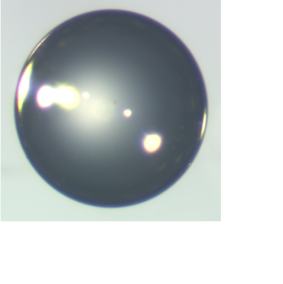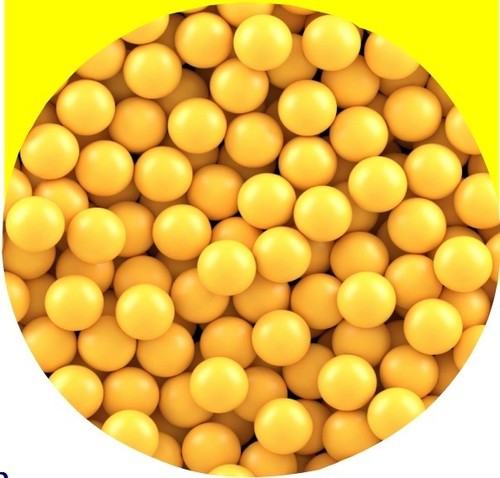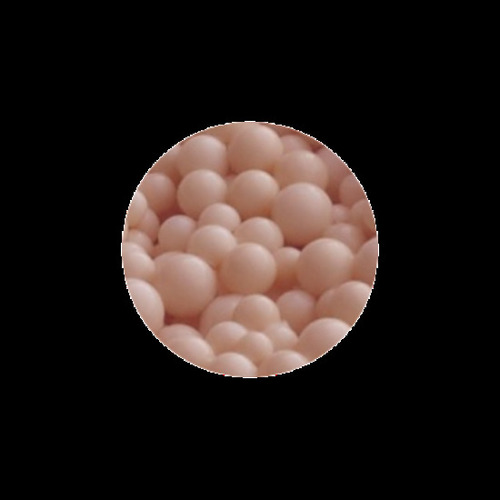Synthetic Adsorbents
Synthetic Adsorbents Specification
- Type
- Synthetic Resin
- CAS No
- 9003-69-4
- EINECS No
- 618-487-0
- Grade
- Food Grade
- Purity(%)
- 100
- Application
- REFINING AND SEPERATION
- Color
- White
- Form
- Spherical Beads
Synthetic Adsorbents Trade Information
- Minimum Order Quantity
- 25 KG Liters
- FOB Port
- MUMBAI
- Payment Terms
- Cash Against Delivery (CAD), Cash on Delivery (COD), Telegraphic Transfer (T/T), Paypal, Western Union, Letter of Credit (L/C), Letter of Credit at Sight (Sight L/C), Delivery Point (DP), Days after Acceptance (DA), Cash in Advance (CID), Cheque, Cash Advance (CA)
- Supply Ability
- 500 Liters Per Day
- Delivery Time
- 4 Week
- Sample Available
- Yes
- Sample Policy
- Free samples are available
- Main Export Market(s)
- Asia, Australia, North America, South America, Eastern Europe, Western Europe, Middle East, Central America, Africa
- Main Domestic Market
- All India
- Certifications
- 27 CFR, HALAL, ISO
About Synthetic Adsorbents
Synthetic adsorbents are man-made materials designed to selectively remove or adsorb specific substances from gases or liquids. These materials are engineered to have a high surface area and specific chemical properties that enable them to attract and retain targeted molecules or pollutants. Synthetic adsorbents find applications in various industries, including environmental remediation, water purification, gas separation, and chemical processing.
Frequently Asked Questions (FAQ) :
Q: What are synthetic adsorbents made of?
A: Synthetic adsorbents are typically composed of porous materials, such as activated carbon, zeolites, or polymer resins. These materials can be modified or treated to enhance their adsorption capabilities, making them suitable for different applications.
Q: How do synthetic adsorbents work?
A: Synthetic adsorbents work based on the principle of adsorption, which is the process of attracting and retaining molecules onto their surface. The porous structure of these materials provides a large surface area for molecules to interact with, allowing them to be adsorbed and removed from the surrounding environment.
Q: What are the advantages of using synthetic adsorbents?
A: Synthetic adsorbents offer several advantages over natural adsorbents or alternative methods of separation. They can be tailored to have specific adsorption properties, allowing for selective removal of targeted compounds. They often exhibit high adsorption capacities, rapid adsorption kinetics, and can be regenerated and reused multiple times.
Q: What are some common applications of synthetic adsorbents?
A: Synthetic adsorbents are widely used in various industries. They are employed in water treatment systems to remove pollutants, such as heavy metals, organic contaminants, or dyes. They are also utilized in gas separation processes, such as the purification of natural gas or the removal of harmful gases from air. In addition, synthetic adsorbents are employed in pharmaceutical manufacturing, food processing, and environmental remediation projects.
Q: Can synthetic adsorbents be harmful to the environment?
A: Synthetic adsorbents themselves are typically designed to be environmentally friendly and safe to use. However, the disposal of spent or contaminated adsorbents should be done properly to avoid any potential environmental impact. Depending on the specific adsorbent and the adsorbed substances, certain precautions may need to be taken during handling, storage, and disposal.
Wide pH and Thermal Stability
Our synthetic adsorbents withstand a broad pH range (214) and operate reliably at temperatures up to 120C. This makes them suitable for a spectrum of refining and separation processes, maintaining performance even under rigorous chemical and thermal conditions.
Superior Adsorption and Regeneration
With a substantial surface area of 500 m/g, these white, spherical beads deliver exceptional adsorption capacity. The adsorbent can be regenerated through either thermal or chemical methods, ensuring extended usability and cost efficiency in industrial cycles.
Quality Packaging and Long Shelf Life
Packaged in robust HDPE bags or drums, our adsorbents stay protected from contamination and moisture. Their 100% purity and two-year shelf life guarantee quality retention, while food grade certification permits use in sensitive applications.
FAQs of Synthetic Adsorbents:
Q: How should synthetic adsorbents be used in refining and separation processes?
A: These adsorbents are introduced into process streams where they selectively remove targeted compounds due to their high surface area and tailored properties. They are particularly effective in both batch and continuous operations, adapting well to food-grade applications.Q: What regeneration methods are recommended for these adsorbents?
A: You can regenerate the adsorbents using either thermal or chemical processes, depending on the specific contaminants and plant procedures. This dual flexibility ensures extended service life and cost-effectiveness during repeated operational cycles.Q: When is the best time to replace or regenerate the adsorbents?
A: Regeneration or replacement timing is typically determined by monitoring breakthrough curves or drop in adsorption efficiency. Regular regeneration as per your process requirements will optimize performance and prolong bead usability.Q: Where are these synthetic adsorbents manufactured and supplied from?
A: These adsorbents are manufactured in Japan under stringent industry standards and are supplied and traded to global markets, ensuring reliable and consistent quality across applications.Q: What benefits do these synthetic adsorbents offer over natural alternatives?
A: Synthetic adsorbents offer controlled particle size, higher purity, superior pH and thermal stability, and a greater surface area than natural adsorbents, leading to improved selectivity, efficiency, and compliance with food-grade standards.Q: How does packaging contribute to the products shelf life?
A: Packaging in HDPE bags or drums ensures protection from moisture, dust, and contaminants, maintaining product integrity and extending shelf life up to two years, provided storage recommendations are followed.
Tell us about your requirement

Price:
Quantity
Select Unit
- 50
- 100
- 200
- 250
- 500
- 1000+
Additional detail
Mobile number
Email
More Products in Ion Exchange Resin Category
Diaion Weakly Acidic Cation Exchange Resins
Price Range 600.00 - 1000.00 INR / Liter
Minimum Order Quantity : 25 KG Liters
Grade : Industrial Grade
Purity(%) : 100
Application : PHARMACEUTICALS AND REFINING OF ANTIBIOTOCS
Type : Synthetic Resin
Ion Exchange Resins
Price Range 1000.00 - 3000.00 INR / Liter
Minimum Order Quantity : 100 Liters
Grade : Food Grade
Purity(%) : 100
Application : SOFTENING AND SEPERATION
Type : Synthetic Resin
Cation Exchange Resins For Industrial Chromatography
Price Range 1000.00 - 3000.00 INR / Liter
Minimum Order Quantity : 25 KG Liters
Grade : Food Grade
Purity(%) : 100
Application : PURIFICATION AND SEPERATION
 |
IPSUM LIFESCIENCES LLP
All Rights Reserved.(Terms of Use) Developed and Managed by Infocom Network Private Limited. |

 Send Inquiry
Send Inquiry




